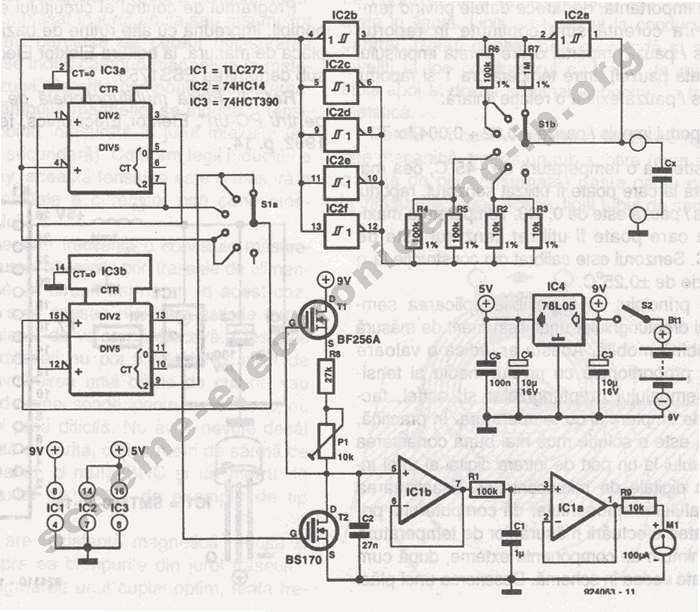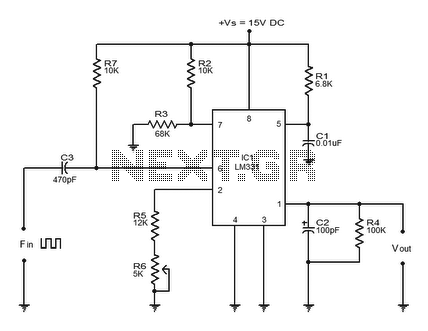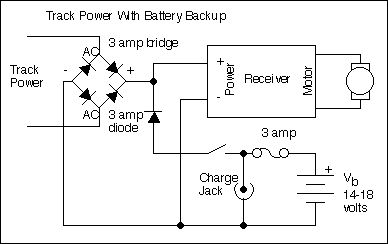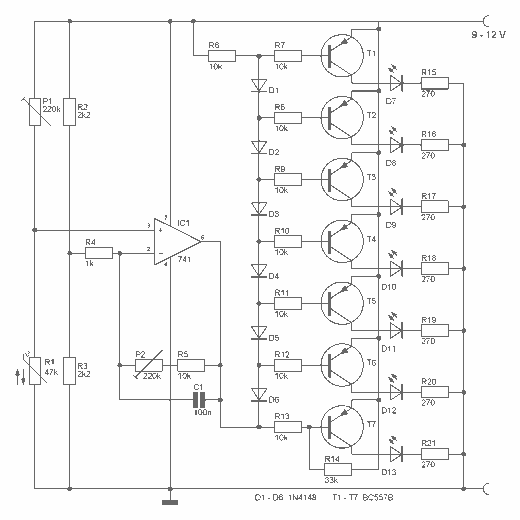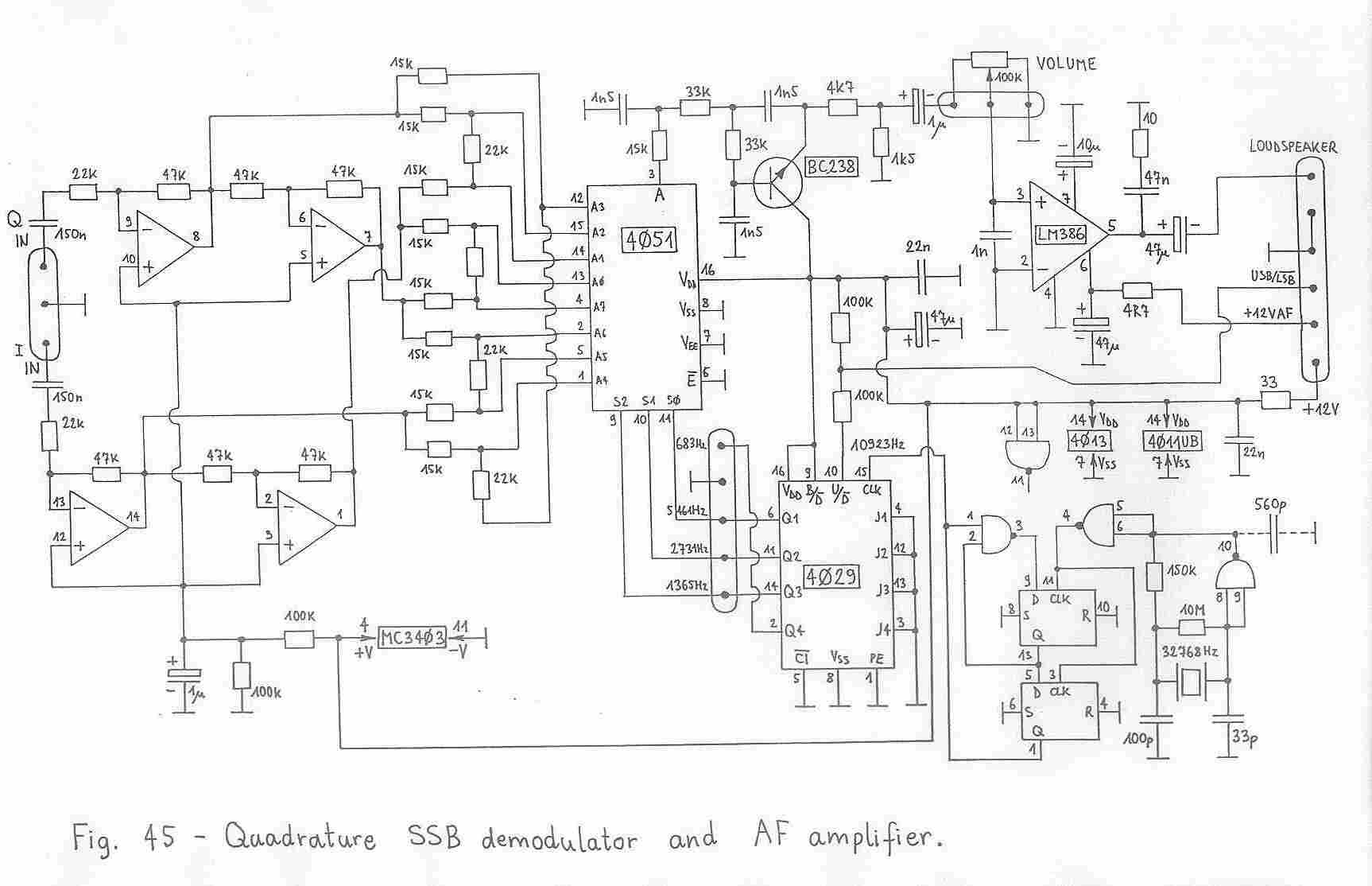
2N107 Radio Frequency Field Strength Meter
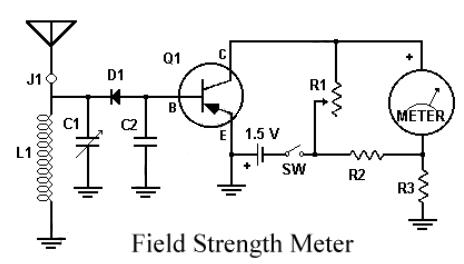
This circuit utilizes a single 1.5V battery. The capacitor C1 must be adjusted for optimal peak reading. To operate the circuit, the transmitter and meter should be turned on.
The circuit is designed to operate efficiently with a single 1.5V battery, making it suitable for low-power applications. The use of a single cell simplifies the power supply requirements and enhances portability. The capacitor C1 plays a crucial role in the circuit, as it is responsible for smoothing out voltage fluctuations and ensuring stable readings on the meter.
To achieve the best performance, C1 should be carefully selected and adjusted based on the specific requirements of the application. This may involve varying the capacitance value or tuning the circuit to respond optimally to the signal being measured.
The transmitter component is essential for sending out signals, which may be received by a compatible receiver or measured by the meter. Activation of the transmitter and meter is straightforward; once powered on, they will begin to function as intended.
For practical implementation, attention should be given to the connections and layout of the circuit. Proper grounding and shielding may be necessary to minimize interference and ensure accurate readings. Additionally, component ratings should be verified to ensure compatibility with the 1.5V power supply.
Overall, this circuit design is effective for applications requiring minimal power consumption while providing reliable performance.This Circuit using only a single cell 1.5V battery.C1 need to be adjusted for peak reading. Then, to use it, turn on the transmitter and meter. .. 🔗 External reference
The circuit is designed to operate efficiently with a single 1.5V battery, making it suitable for low-power applications. The use of a single cell simplifies the power supply requirements and enhances portability. The capacitor C1 plays a crucial role in the circuit, as it is responsible for smoothing out voltage fluctuations and ensuring stable readings on the meter.
To achieve the best performance, C1 should be carefully selected and adjusted based on the specific requirements of the application. This may involve varying the capacitance value or tuning the circuit to respond optimally to the signal being measured.
The transmitter component is essential for sending out signals, which may be received by a compatible receiver or measured by the meter. Activation of the transmitter and meter is straightforward; once powered on, they will begin to function as intended.
For practical implementation, attention should be given to the connections and layout of the circuit. Proper grounding and shielding may be necessary to minimize interference and ensure accurate readings. Additionally, component ratings should be verified to ensure compatibility with the 1.5V power supply.
Overall, this circuit design is effective for applications requiring minimal power consumption while providing reliable performance.This Circuit using only a single cell 1.5V battery.C1 need to be adjusted for peak reading. Then, to use it, turn on the transmitter and meter. .. 🔗 External reference
